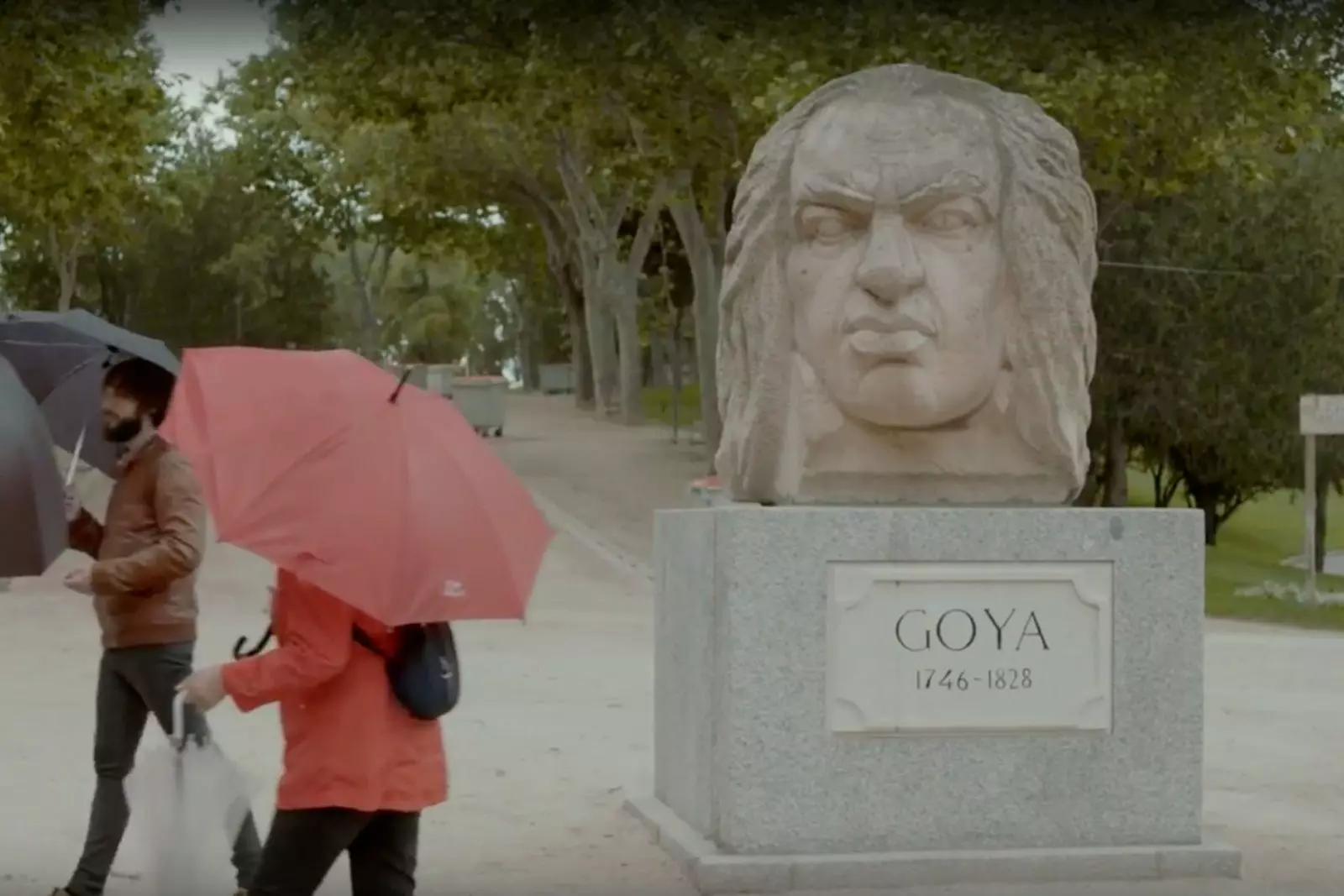
Goya's stone head in San Isidro Park.
The director of the documentary tells dark and bright (premiere November 16), Samuel Alarcon, that his earliest memory of being an artist comes from the summers in which he learned to ride a bike. In one of them, "it would be 1985 or 1986", they placed Goya's huge stone head in the Parque de San Isidro, behind his house in Carabanchel. “My parents then explained to me who Goya was and also that, from that place, he had painted the San Isidro festival that I liked to go to so much for the sweets and the attractions,” he explains.
Shortly after he set foot for the first time the San Isidro cemetery, where the tomb of the painter who once had his body, but never his head, was still. That morbid discovery remained fixed in his own mind and three decades later he has turned it into his second feature film, an almost police story that tries to discover in this puzzle what happened to the head of the genius.
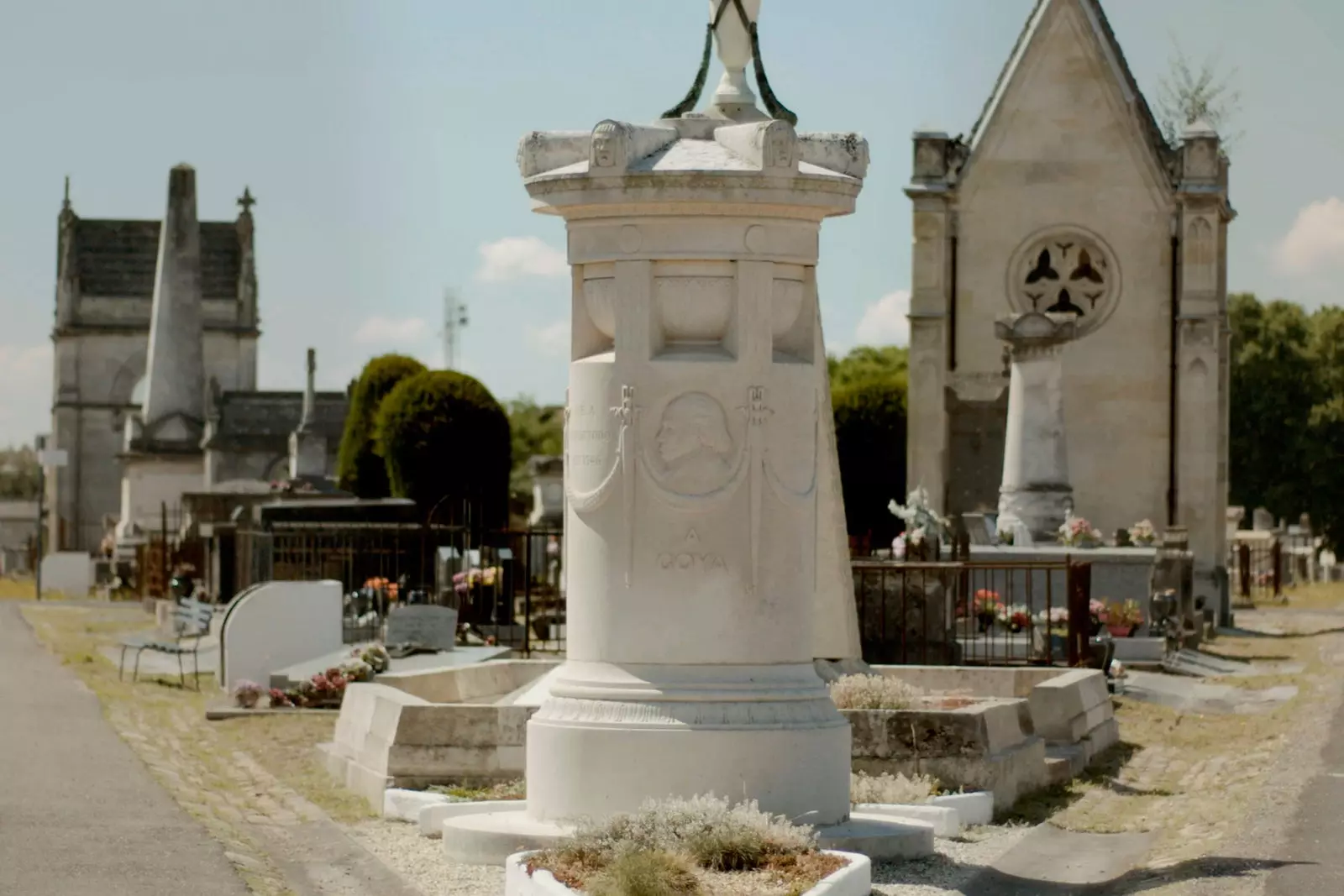
Tomb of the painter from Zaragoza in Bordeaux.
"I will be thorough with the facts, rigorous with the evidence and cautious with the conclusions when telling you the story of your death, I hope you can listen to it despite your deafness." Alarcón starts the film in that giant stone head, to jump to recount the last days of the man from Zaragoza in his self-exile to Bordeaux, in 1824, where he took refuge like so many other liberals from the despotism of Fernando VII. He was already 78 years old when he arrived in the French city, her lover, Leocadia Zorrilla and her two children, soon joined him, but only four years later, After "13 days of agony" he died in the early hours of April 16, 1828. They buried him two days later, whole, in the Bordeaux cemetery. And there he remained calm until 5 0 years later, Consul Pereyra manages to exhume his remains and repatriate the artist to Spain.
That was the moment in which the loss of his head was discovered, The bones of his robust body remained, a piece of his cape and his rosary (which today rest as reliquaries in Pedraza, Segovia), his leather cap... but no trace of his skull. His skeleton arrived in Madrid and they continued walking him until he ended up resting in the hermitage of San Antonio de la Florida whose frescoes he himself had painted. And his head?
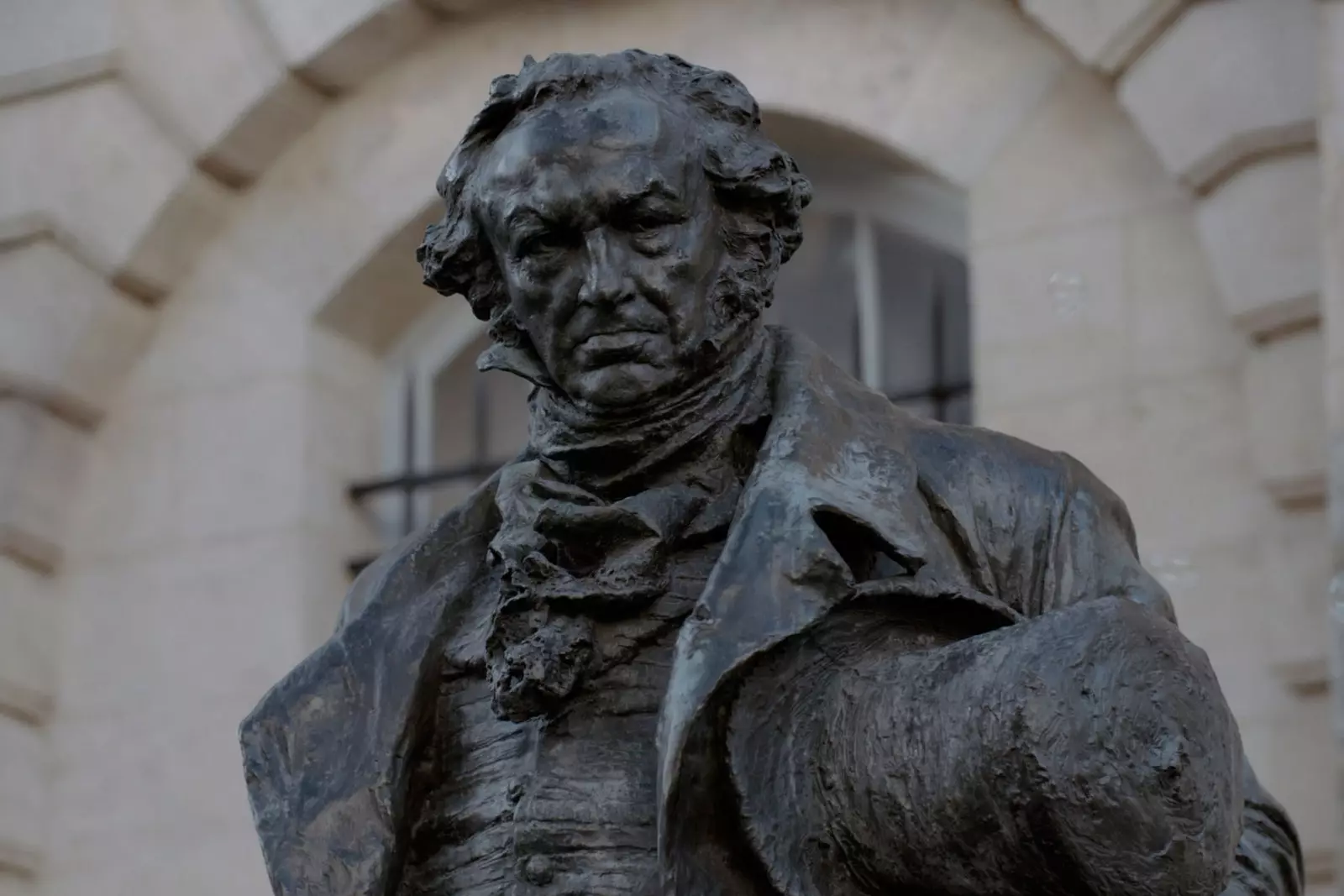
Statue of the artist in Bordeaux.
Did his doctor take her away the same night as the wake? Follower of phrenology, a branch of medicine that at that time studied skulls and brains determined to find out what causes the killer instinct or artistic genius. Impossible: why would they have buried Goya with his cap but without his head? There were no traces of blood either.
The first clue arises with the appearance of the painting Goya's skull painted by Fierros, being Dionisio Irons the artist who signs an oil painting owned by the Marquis of San Adrián. They both passed through Bordeaux after his death, did they enter the cemetery and sacralize his tomb? Or was it Leocadia who used it as a toll to return to Spain with a decent life?
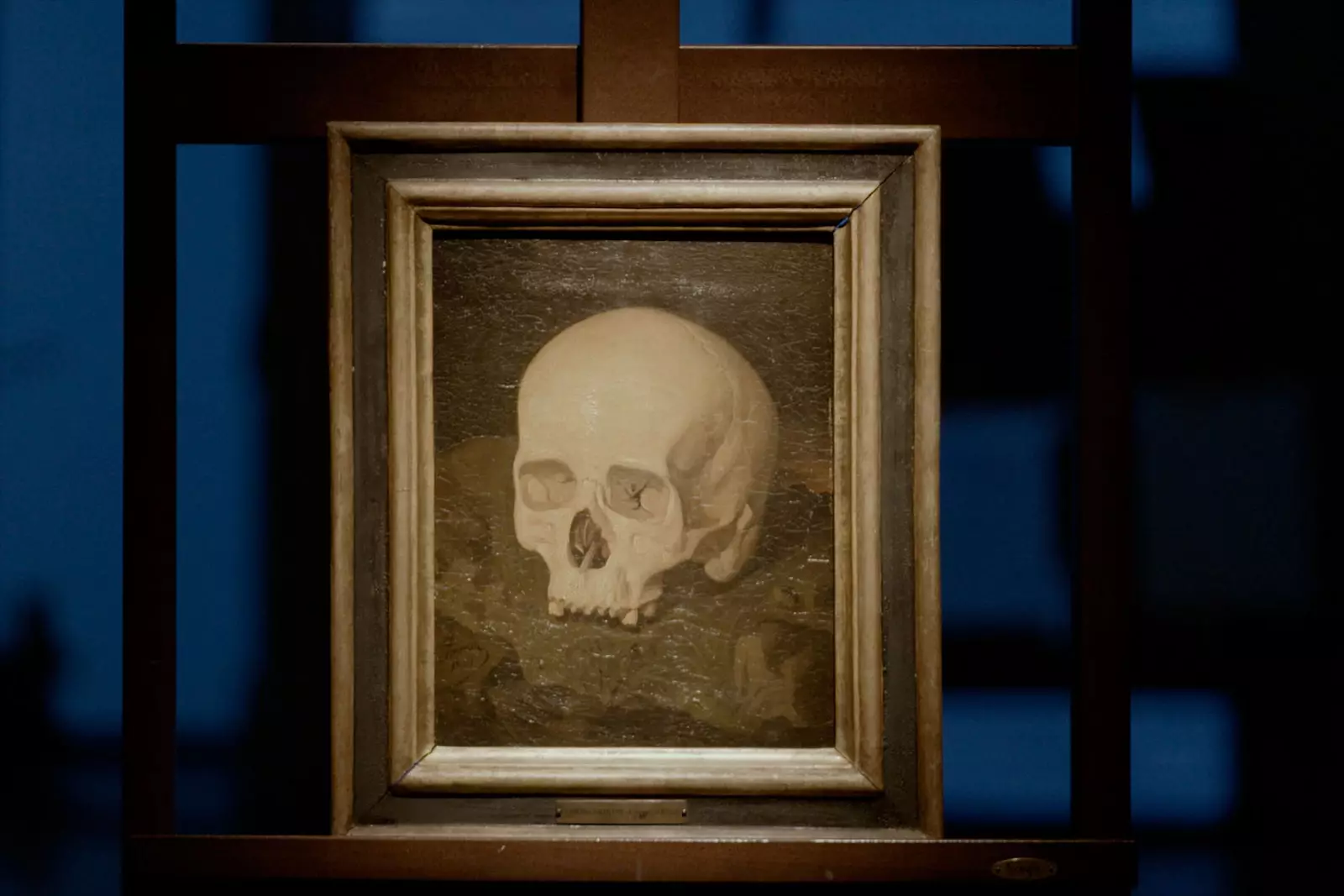
'Goya skull painted by Fierros'. track 1
The journey of the documentary continues through postcards and old photographs of Madrid, of that Bordeaux, of the protagonists of this whodunnit without resolution. Alarcon arrives to Ribadeo where Dionisio Gamallo Fierros, grandson of the painter Dionisio Fierros, managed to place Goya's skull in the house of his grandparents, then in the hands of his uncle who would take it without knowing to whom it belonged to his medical studies at the University of Salamanca and there they would examine it, dividing the parts of the. He only kept one: a parietal, which is now lost.
The Goya award, Goya's head in Madrid... there are busts of the artist scattered around the world, adoring that prodigious, privileged mind and head that has followed its own incredible journey.
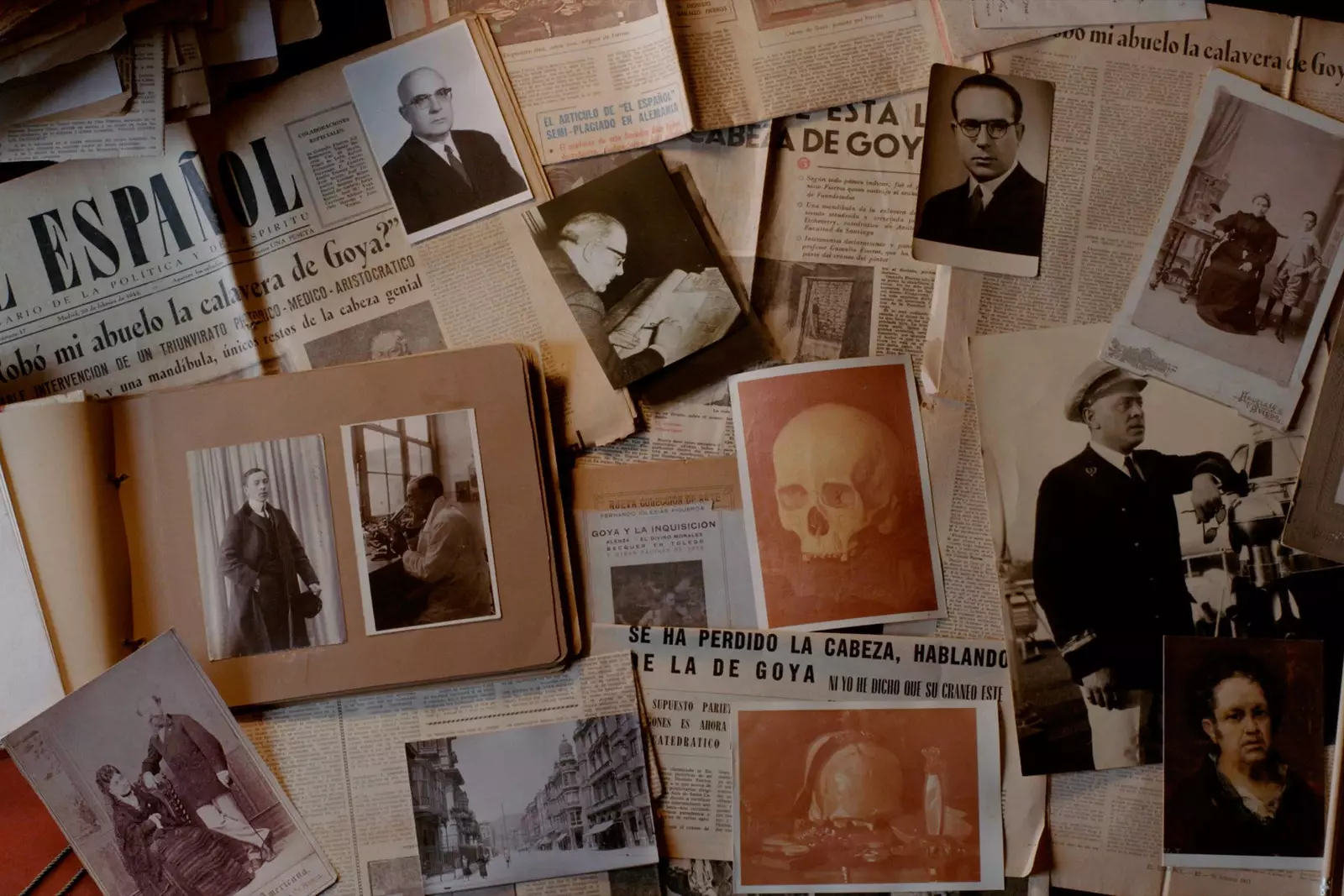
The investigation of Dionisio Gamallo Fierros.
